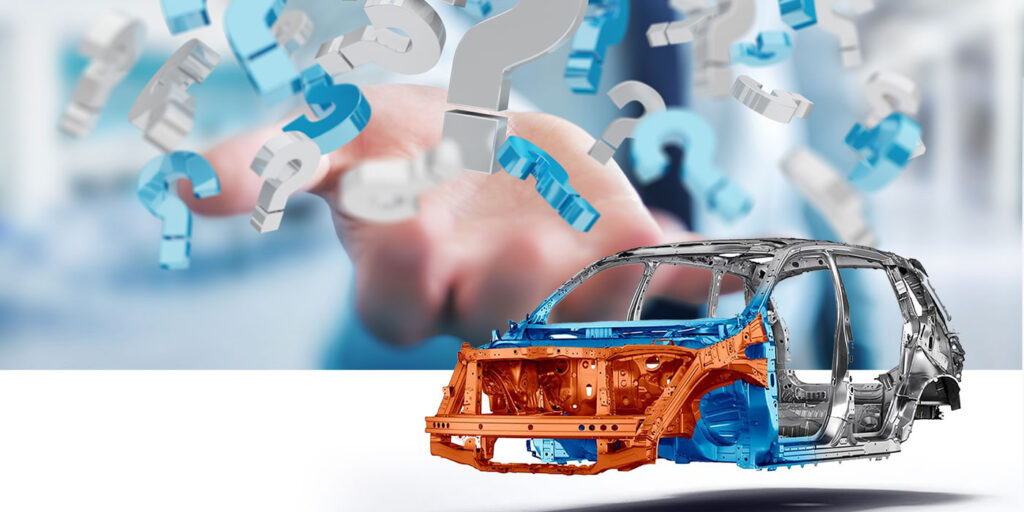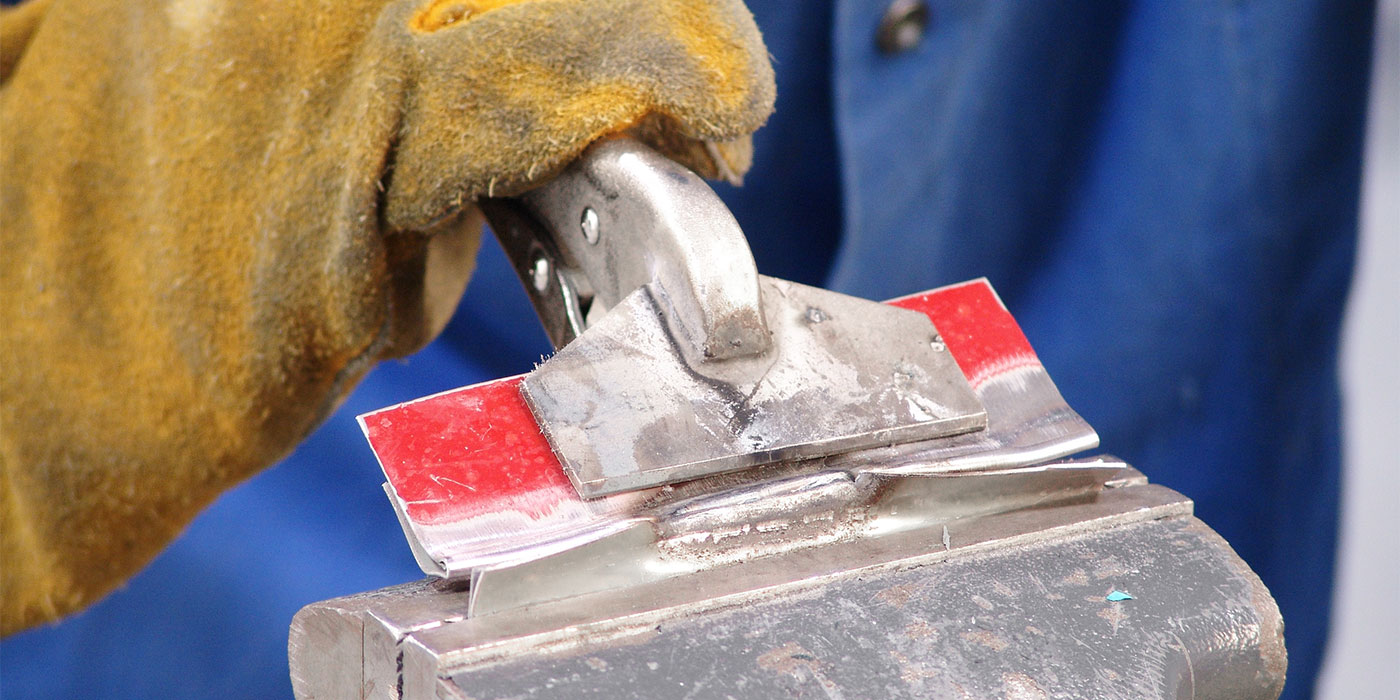I drive a 2009 Honda Civic that I love. I’ve owned it for about eight years. When I bought it in 2014, it had 22,000 miles on it. It now has 202,000 and is still running strong.
Comparing the 2009 Honda Civic to the 2022 Honda Civic will tell us a lot about where the automotive industry has gone as far as advanced materials in the construction of vehicles. The 2022 model, for example, has an aluminum hood and aluminum front and rear bumper beams. The front bulkhead assembly is made from a resin composite material; previously, it was mild steel. The 2009 model had none of that.
Mixed Materials
Vehicles now are a mix of materials: aluminum, ultra-high-strength steel, advanced high-strength steel, martensitic steel, boron, magnesium, plastic, carbon fiber, etc. It’s all in the name of weight savings while maintaining safety to hit the government Corporate Average Fuel Economy (CAFE) mandates. And now, with electric vehicles emerging, lightweighting is even more rampant as automakers try to figure out how to extend range and battery life. Also, advanced driver-assistance systems (ADAS) have played a role in lightweighting. The more electronics you add, the more you increase the vehicle’s overall weight; somewhere, that weight has to come out. The answer so far has been lighter body materials.
Aluminum
As automakers continue to make vehicles stronger yet lighter for fuel savings, more and more aluminum will appear in vehicle structures. You will also see high-strength steel and ultra-high-strength steel, as these metals are lighter in weight too but stronger, offering more protection for vehicle occupants. But aluminum by far will be the material of choice; it is the fastest-growing automotive material and is expected to grow to content levels of 514 pounds per vehicle (PPV) by 2026. Doors represent the single-highest net growth application of aluminum content per vehicle, with penetration reaching 30% by 2026. Also, by 2026, aluminum hood penetration is expected to reach 81% and liftgates/tailgates will reach 44%.
Smaller vehicles more than likely will continue to have high percentages of high-strength steel, since it may not be beneficial to use more expensive materials, such as aluminum, carbon fiber and magnesium. With larger vehicles, using aluminum for weight reduction has more advantages cost-wise in manufacturing.
Everyone shudders upon hearing the word corrosion. Corrosion protection has always been a major concern with making a vehicle last to the end of life (ELV) of a vehicle, which is why the type of material used and where it is located is considered. A steel bumper reinforcement in the front would be subject to a severely corrosive environment, so an aluminum part might be more beneficial, due to its corrosion-resistant properties. Better methods of combining dissimilar materials, such as steel and aluminum, have made hybrid construction much more feasible. No longer is it just one choice; manufacturers have different options as to what they can use to achieve the desired results.
Repair Recommendations
These different materials have different repair, attachment and welding requirements. The only way to know where these materials are and what they are is by accessing the original equipment manufacturer (OEM) repair procedures. Then, you also find out the recommended repair method, if repair is recommended at all. It might be recommended that you replace the part, weld bond, adhesive bond, MIG braze, spot weld, etc. The manufacturer may require a certain type of welder and welding wire. Going at the repair the way you always have in the past could jeopardize your livelihood, your employees’ livelihood and the lives of the occupants of the vehicle.
Summary
Materials are going to continue to grow and evolve when it comes to vehicle construction. Shops must be prepared for the identification of these materials, their locations and recommended or required repair procedures from the OEM. We can’t just assume a part is made from the same material we were used to in the past.














